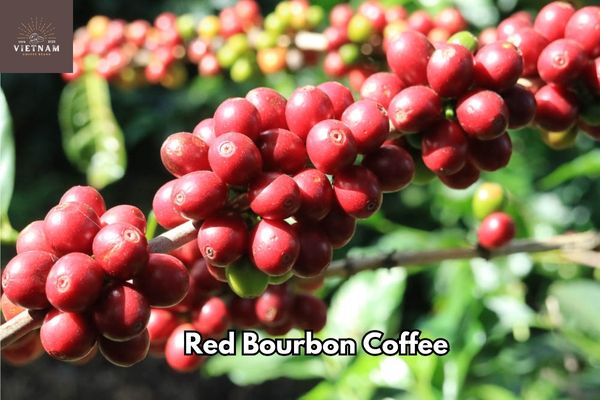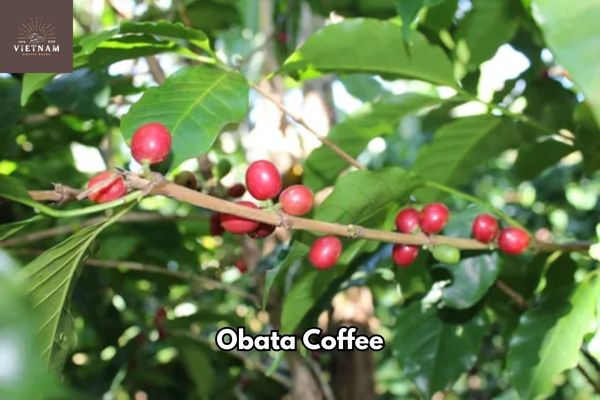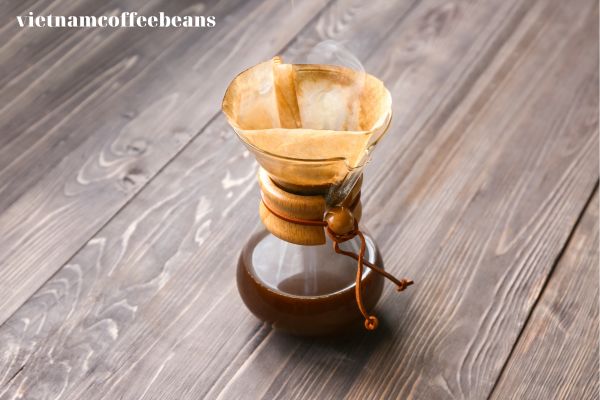
I have always been a coffee lover, and nothing beats the experience of brewing a perfect cup at home. However, the key to making a great cup of coffee starts with selecting high-quality beans.
With so many different types and origins available, it can be overwhelming to know where to start. But fear not! In this article, I will share my knowledge and expertise on how to select quality coffee beans.
First, it’s important to understand the different types of coffee beans. There are two main varieties: Arabica and Robusta. Arabica beans are known for their complex flavors and low acidity levels, while Robusta beans have a stronger taste and higher caffeine content. Knowing these differences can help you decide which type of bean is best suited for your taste preferences.
From there, we’ll dive into further details on examining origin and processing methods, identifying flavor profiles and aromas, evaluating roast levels, and ultimately making the final decision for your perfect cup.
Select Quality Coffee Beans: Understanding the Different Types of Coffee Beans
Let’s dive into the various kinds of coffee beans so you can distinguish between them like a pro.
There are two primary types of coffee beans: Arabica and Robusta. Arabica is considered to be of higher quality, with a more delicate flavor profile and lower caffeine content. Robusta, on the other hand, has a more bitter taste and higher caffeine content.
When it comes to roasting techniques, there are three main categories: light roast, medium roast, and dark roast. Light roasted beans have a milder taste with more acidity and fruitiness. Medium roasted beans have a balance between acidity and body while dark roasted ones have less acidity but stronger flavors such as chocolate or caramel notes.
The brewing method you choose also plays an important role in selecting the right coffee bean for your cuppa joe. For example, if you’re using an espresso machine, you’ll want to go for darker roasts that can withstand the high pressure used in creating espresso shots.
The fresher the beans, the better the flavor. Ideally, you want to buy beans that were roasted within the last two weeks. This way, you can enjoy the benefits of fresh roasted beans, such as more aroma, sweetness and complexity.
Alternatively, if you prefer pour-over or drip coffee methods, lighter roasts may be better suited due to their brighter flavors that shine through when brewed this way.
Examining the Bean’s Origin and Processing Methods
You might be surprised to learn how much the origin and processing methods of a bean can affect the flavor profile and overall quality of your morning brew. When choosing coffee beans, it’s important to consider where they were grown and how they were processed.

Bean grading is one way to ensure that you’re getting a high-quality product. Beans are graded based on their size, shape, color, and defects. The highest grade is typically labeled as specialty coffee.
Another factor to consider when selecting coffee beans is whether or not they are Fair Trade certified. This certification ensures that the farmers who grew the beans were paid a fair price for their labor and products. It also promotes sustainable farming practices and helps support local communities.
The processing method used for coffee beans can also have a significant impact on their flavor profile. There are two main methods: washed and natural (or dry) processing.
Washed processing involves removing the outer layers of pulp from the beans before drying them, resulting in a cleaner taste with more acidity. Natural processing involves leaving the pulp on the bean while it dries, giving it a fruitier taste with less acidity.
When examining origin and processing methods of coffee beans, you’ll be able to make an informed decision about which ones will provide you with the best flavor profile for your tastes.
The next step in choosing quality coffee beans is identifying flavor profiles and aromas – something we’ll explore further in the following section.
Identifying Flavor Profiles and Aromas
Understanding the flavor profiles and aromas of different coffee varieties can transport your senses on a journey of discovery. When choosing quality coffee beans, it’s essential to consider the tasting notes that each variety possesses.
Coffee cupping techniques can help identify these notes accurately. During coffee cupping, you’ll take note of several aspects such as aroma, acidity, body, flavor, and finish. Each aspect is crucial in identifying the unique taste profile of a particular bean variety.
Aroma plays an essential role because it prepares your senses for what’s about to come next while acidity determines how bright or dull the coffee will taste. Additionally, body refers to how heavy or light the coffee feels in your mouth.
It’s also important to note that each bean variety has distinctive flavors and aromas. For instance, Ethiopian Yirgacheffe beans are known for their floral aroma and fruity flavor notes like blueberries and lemon zest. On the other hand, Sumatra Mandheling beans have earthy tones with spicy hints such as cinnamon or nutmeg.
Understanding these distinct characteristics will help you identify quality coffee beans that meet your preferences before evaluating roast levels in subsequent steps.
Evaluating Roast Levels
As a coffee enthusiast, it’s crucial to develop an eye for evaluating roast levels because this skill will help you identify the optimal roast preference that brings out your preferred flavor notes. Roast level is one of the most important factors in determining coffee flavor, so mastering this skill is essential.
To evaluate roast levels, start by looking at the color of the beans. Light roasts are pale brown and have a milder flavor profile. Medium roasts are darker brown and have a slightly stronger taste, while dark roasts are almost black and have a bold, smoky flavor. Use a 2 column and 3 row table to organize your observations on each type of roast level: light, medium, and dark.
Once you’ve identified your preferred roast level based on color and taste testing techniques, it’s time to make the final decision for your perfect cup. In the next section, we’ll explore additional factors such as origin and processing methods that can impact coffee flavor profiles. With all these elements in mind, you’ll be well-equipped to choose quality coffee beans that bring out the best in your brews.
Making the Final Decision for Your Perfect Cup

It’s time to decide on the perfect cup of joe by considering additional factors like origin and processing methods that can elevate your coffee experience. While roasting techniques and brewing methods play a key role in the taste of your coffee, it’s important to also consider where the beans come from and how they were processed.
Here are some factors to take into account when choosing quality coffee beans:
- Origin: Different regions around the world produce unique flavors due to variations in climate, soil, altitude, and other environmental factors. For example, Ethiopian beans often have fruity or floral notes while Colombian beans are known for their nutty flavor. Consider trying single-origin coffees to explore different taste profiles.
- Processing Methods: After coffee cherries are harvested from the plant, they go through a processing stage that removes the outer layers and dries out the seeds inside (which become what we know as coffee beans). There are different methods for processing such as washed (removing all fruit before drying) or natural (allowing fruit to dry on bean) which impact flavor. Experiment with various processing methods to find your preference.
- Roast Level: As mentioned in our previous subtopic on evaluating roast levels, there is a range of roast levels that affect taste profiles from light (more acidic/brighter) to dark (more chocolatey/smoky). It’s important to find your preferred roast level based on personal taste.
By taking these additional factors into consideration along with roasting techniques and brewing methods, you can create a more personalized approach towards selecting quality coffee beans for your perfect cup.
Don’t be afraid to try new things and explore different regions or processing techniques – you might just discover a good new favorite brew!
Frequently Asked Questions
Conclusion
In conclusion, selecting quality coffee beans is essential to achieving a perfect cup of coffee. By understanding the different types of coffee beans and examining their origin and processing methods, you can identify flavor profiles and aromas, and evaluate roast levels to find the right coffee bean that suits your taste preferences.
It’s important to remember that high-quality coffee beans don’t have to be expensive; it’s all about finding the right balance between price and quality. With these tips in mind, you can confidently navigate the world of coffee beans and enjoy a best coffee every time.
So go ahead and experiment with different varieties until you find your favorite – there’s a whole world of amazing flavors out there waiting to be discovered!






